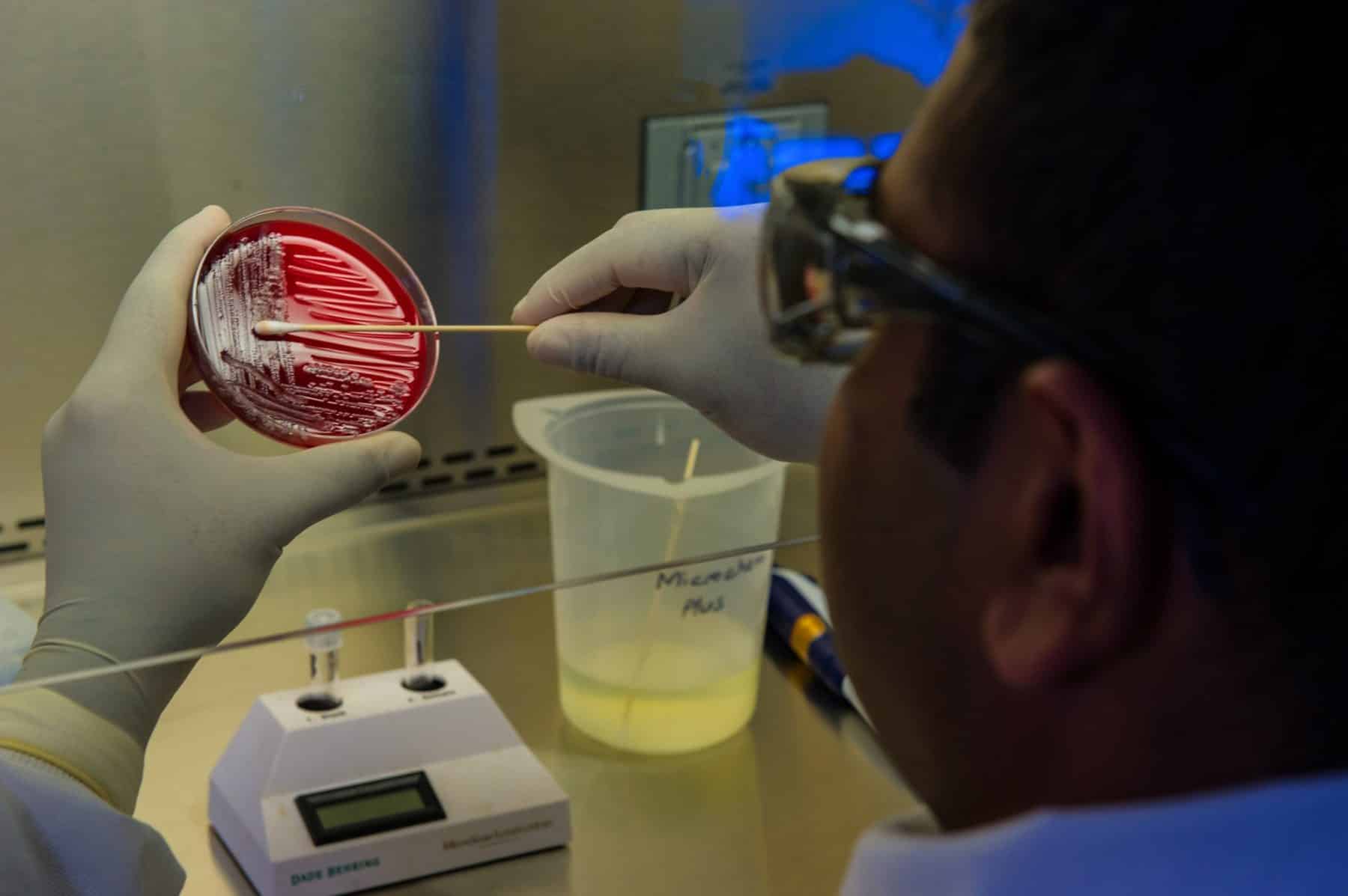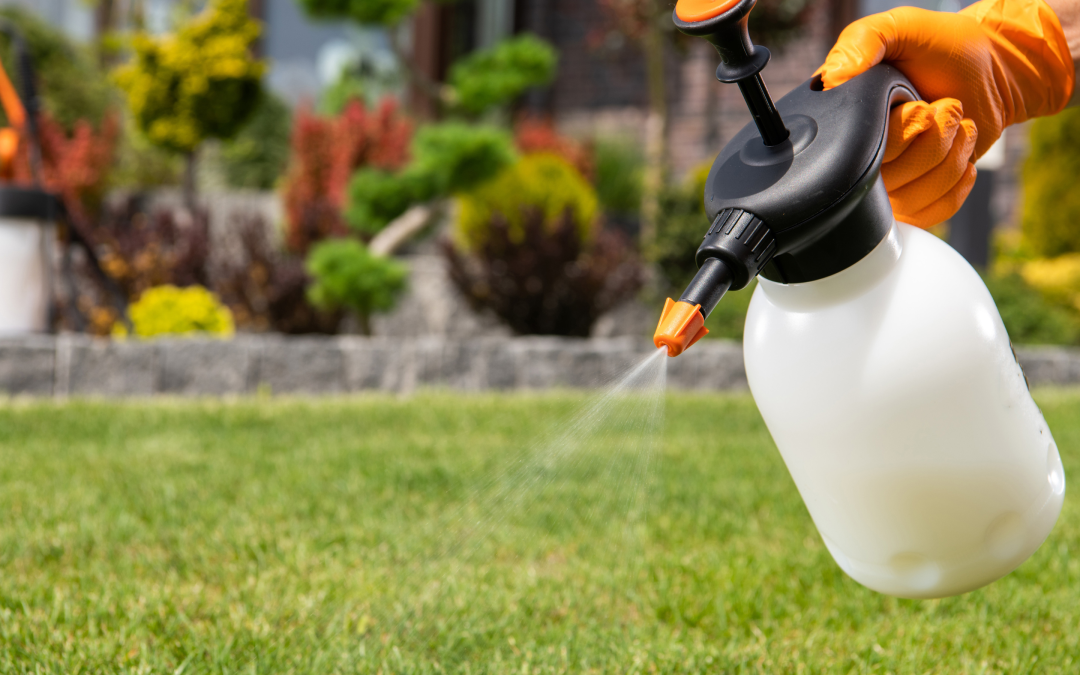We can get information about our gut microbiome and our gut health from overall stool tests. However, we should interpret the results cautiously since many stool tests haven’t been validated with peer-reviewed published studies. It is even better to have the insight of an experienced practitioner. Most stool tests, especially the at-home ones, are done to look at the composition of microbes in your gut and they can be considered gut microbiome tests [link to article microbiome tests]. However, there is some other gut health information that can be acquired from a stool test. Some of this information may be useful to identify pathogens, or to screen for diseases, such as colon cancer and inflammatory bowel disease, all of which can provide information on gut health, so they fall into the category of gut health tests as well.
Stool Collection Process
Since we covered the general information about microbiome tests in a previous article (see link above), we’ll focus on the stool/gut health tests that look at other factors relating to gut health and then look at the types of analysis that is done with stool tests. The general process of stool collection for any of these tests is very similar. Sample collection usually involves collecting a small amount of feces (poop) in a clean container held over the toilet bowl. For some tests a swab smear from your toilet paper is enough. Either way, you return the sample to a lab or your doctor’s office for analysis.
What Can A Stool/Gut Health Test Tell Us?
A comprehensive stool test is any test that provides more detailed information about gut health, beyond a standard stool culture. These tests can typically provide information about:
- Beneficial bacteria and overall bacterial balance; gut pathogens, including potentially pathogenic bacteria, yeasts, and parasites;
- Overall gut health, including things like digestion, absorption, immune function, inflammation, and short-chain fatty acids [1];
- Potential signs of inflammatory bowel disease [2], colorectal cancer [3], or other more serious gut conditions.
Most gut microbiome tests are not this comprehensive and primarily provide a closer look at the overall balance of gut bacteria and other microbes and pathogens.
Analytical Techniques Used For Stool Tests
For many years the scientific study of gut microbes relied on culture techniques. This is where scientists add a small amount of a stool sample to a petri dish in the lab and look at it under a microscope following an incubation period. This method favors rapidly growing, oxygen-loving microbes, and unfortunately, most of the microbes in the human gut are anaerobic (oxygen-intolerant) bacteria, so this method provides minimal information. More modern techniques rely on DNA based sequencing techniques, especially for microbiome testing. Using these methods scientists can assess many microbes in a sample without the need to culture them first. The DNA based tests used today include [4]:
- 16S rRNA gene sequencing (16S) is based on sequencing a particular gene that all bacteria have as part of their bacterial ribosome. Like a bacterial fingerprint, this gene can help distinguish one bacterium from another. Common in microbiome sequencing due to its economical price.
- Metagenomics is the most accurate method for determining the relative and absolute abundance of microbes and has the highest resolution, often down to the strain level. It is also more expensive than other molecular approaches, though advances in sequencing technology is gradually making it more affordable. Also used in microbiome sequencing.
- Meta-transcriptomics and metabolomics ask the question “what are they doing?”. So these techniques can give information about the byproducts of the bacteria that make up the microbiome. In the near future, these techniques will likely complement other molecular approaches in a way that is clinically relevant, however very few testing companies currently use this method because of the complexity and cost.
- Targeted or quantitative PCR (qPCR) is more sensitive than 16S, allowing identification of specific microbes at the genus or species level. This DNA-PCR testing looks for fragments of microorganism’s DNA. These DNA-PCR tests have a reputation for being more accurate at detecting small quantities of pathogens and are better at identifying parasites too. These tests are not typically used by companies that are only testing the microbiome.
qPCR Tests
There are some companies out there that use the qPCR test along with other tests to look at specific biomarkers that can assess other aspects of gut health outside of the microbiome testing companies that have been reviewed previously [link to microbiome testing company reviews or ratings]. These companies include Genova (GI Effects), Doctor’s Data (GI 360), Diagnostic Solutions (GI-MAP), and Vibrant Wellness. The specific biomarkers that can be detected in a stool test include the following:
- Fecal calprotectin tests are a highly accurate indicator of inflammation in the large intestine. When elevated in someone with digestive symptoms, calprotectin can suggest inflammatory bowel disease [2].
- Fecal elastase-1 (an enzyme) [5] and fecal steatocrit (fecal fat) [6] tests are indicators of exocrine pancreatic insufficiency (EPI) or bile acid malabsorption when positive in patients with diarrhea.
- A fecal immunochemical test, also known as a fecal occult blood test or guaiac fecal occult blood test (FOBT or gFOBT), is useful for screening for colorectal cancer [7].
- Vinculin/CdtB antibody testing, which can be helpful to determine if diarrhea is due to irritable bowel syndrome, or whether more testing is needed to look for celiac disease or inflammatory bowel disease, such as Crohn’s disease and colitis.
Summary
Overall, stool tests can provide us information about our gut microbiome and our gut health. However, since many stool tests haven’t been validated with peer-reviewed published studies, it is always best to interpret the results with caution and having the insight of an experienced practitioner is even better.
References:
- [1] Stool Elastase: MedlinePlus Medical Test [Internet]. Available from: https://medlineplus.gov/lab-tests/stool-elastase/
- [2] Ayling RM, Kok K. Fecal Calprotectin. Adv Clin Chem. 2018 Oct 1;87:161–90. DOI: 10.1016/bs.acc.2018.07.005. PMID: 30342711.
- [3] Fecal immunochemical test (FIT): MedlinePlus Medical Encyclopedia [Internet]. Available from: https://medlineplus.gov/ency/patientinstructions/000704.htm
- [4] Allaband C, McDonald D, Vázquez-Baeza Y, Minich JJ, Tripathi A, Brenner DA, et al. Microbiome 101: studying, analyzing, and interpreting gut microbiome data for clinicians. Clin Gastroenterol Hepatol. 2019 Jan;17(2):218–30. https://www.ncbi.nlm.nih.gov/pmc/articles/PMC6391518/
- [5] Domínguez-Muñoz JE, D Hardt P, Lerch MM, Löhr MJ. Potential for Screening for Pancreatic Exocrine Insufficiency Using the Fecal Elastase-1 Test. Dig Dis Sci. 2017 May;62(5):1119–30. DOI: 10.1007/s10620-017-4524-z. PMID: 28315028.
- [6] Sugai E, Srur G, Vazquez H, Benito F, Mauriño E, Boerr LA, et al. Steatocrit: a reliable semiquantitative method for detection of steatorrhea. J Clin Gastroenterol. 1994 Oct;19(3):206–9. DOI: 10.1097/00004836-199410000-00007. PMID: 7806830.
- [7] Li JN, Yuan SY. Fecal occult blood test in colorectal cancer screening. J Dig Dis. 2019 Feb;20(2):62–4. DOI: 10.1111/1751-2980.12712. PMID: 30714325.
- https://drruscio.com/stool-test/
- https://www.lucymailing.com/a-comprehensive-guide-to-stool-and-microbiome-testing/
- https://www.rupahealth.com/post/stool-testing-101-a-complete-guide-to-the-top-4-microbiome-tests








